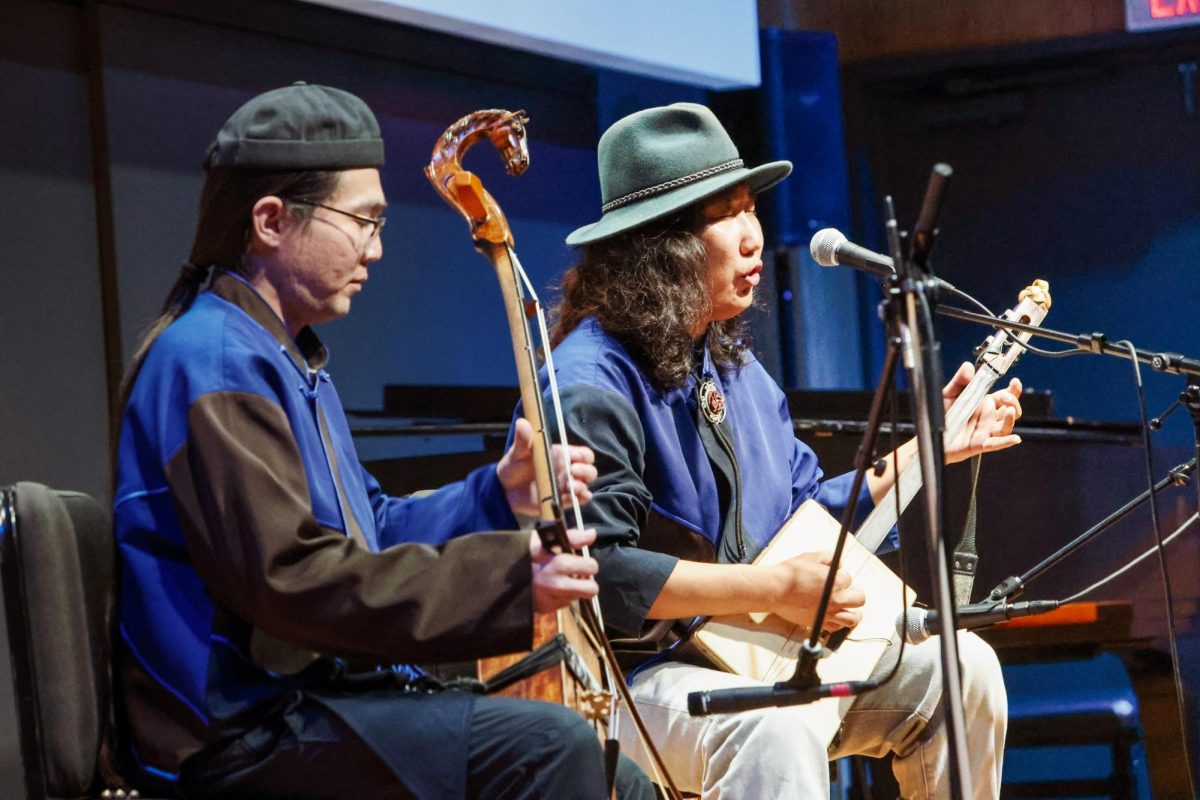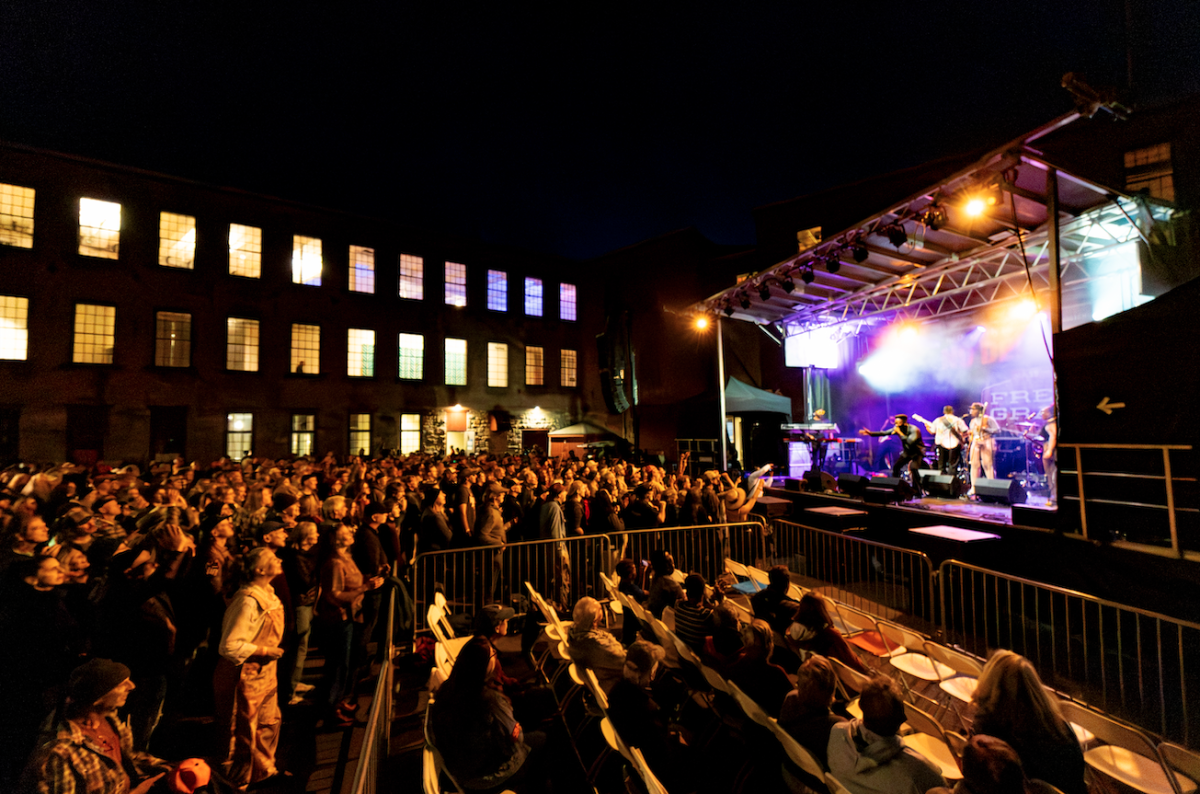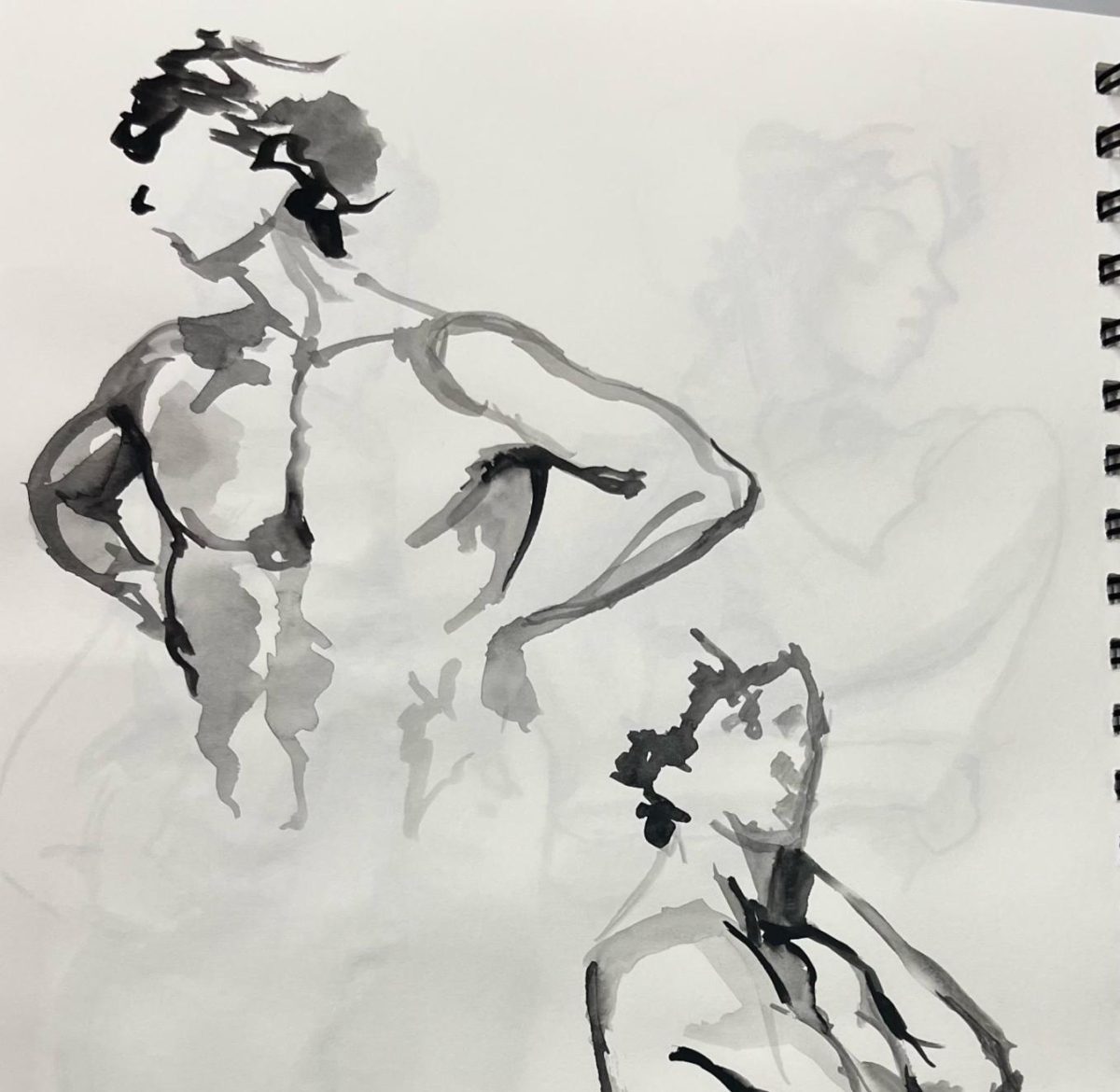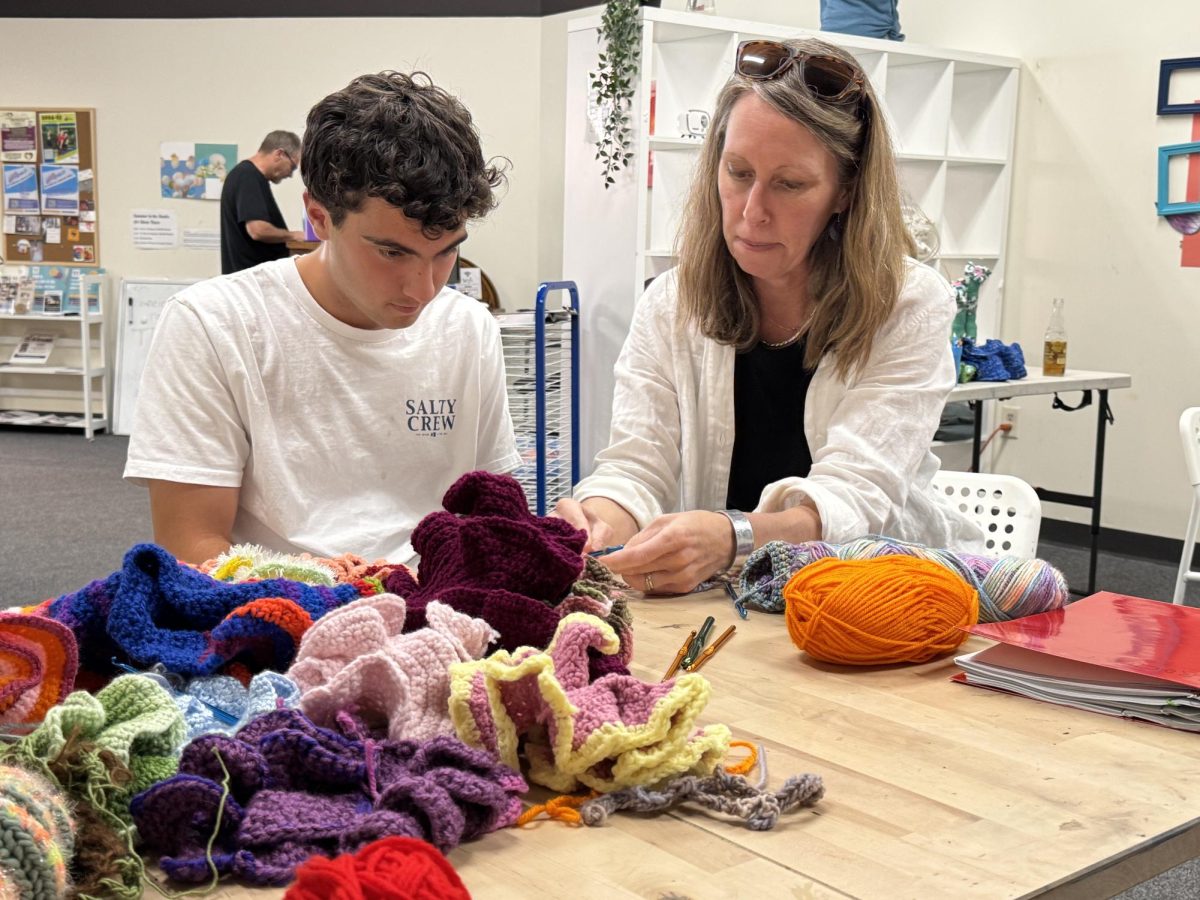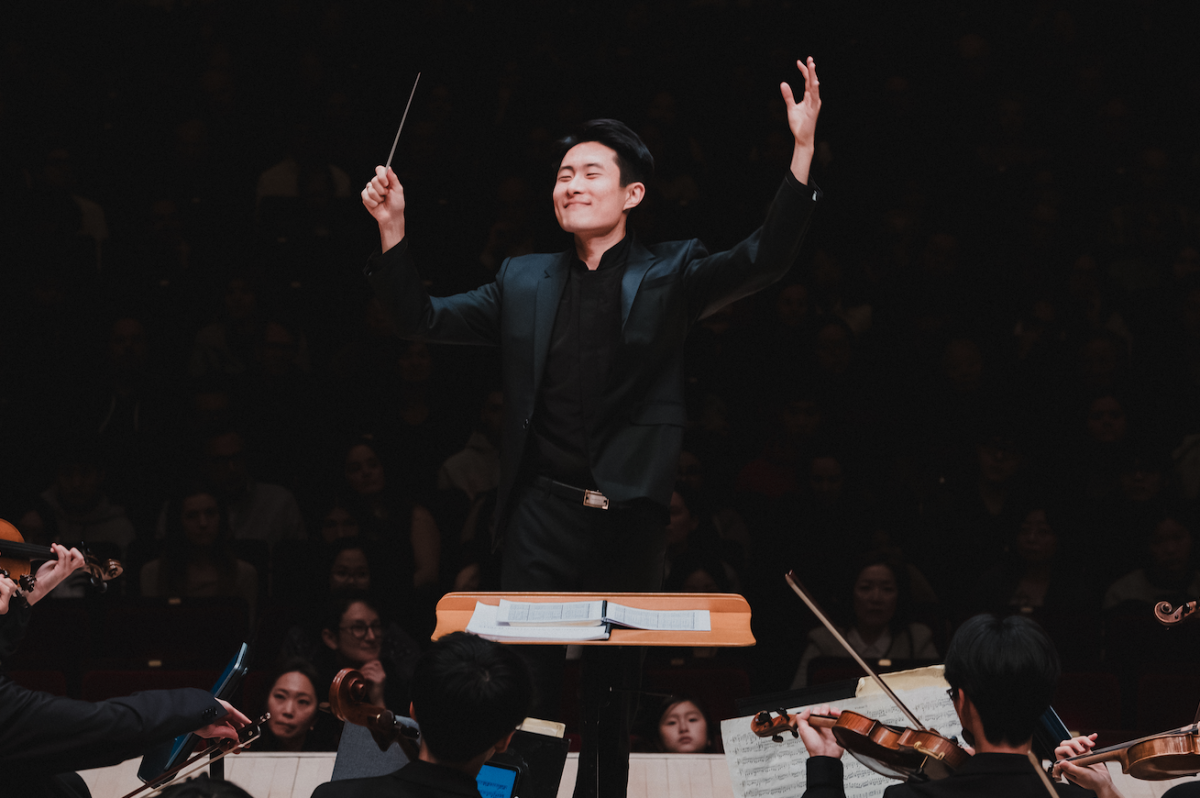
I believe that the best films cause you to believe that, while watching, you belong to an immersive other world. The characters are familiar friends, and you recall that you visited this setting not long ago. The Downton Abbey movie tagline, “We’ve been expecting you,” suggests that its filmmakers and marketing team feel as I do. And indeed, the film, which is showing at Images Cinema until Oct. 10, was a triumphant, happy homecoming.
The film is a continuation of the popular Downton Abbey television series, which aired for six seasons on ITV and PBS before concluding in 2015. The opening scene features a steam train plugging and puffing along golden countryside, recalling the first episode of the Downton Abbey series. The camera soon pans to the magnificent Downton estate, and the film includes many shots of the quaint charm of its village surroundings and the interior glamor as the residents and staff prepare for a visit from King George V and Queen Mary.
Fortunately, every central character from the television show has at least a moment on the big screen. Some occupy more brief, extraneous roles, but I am nonetheless glad that creator and screenwriter Julian Fellowes incorporated them. New additions include Mark Addy (who plays King Robert in Game of Thrones), as the naïve yet eager Mr. Bakewell, who has a particularly entertaining encounter with Mrs. Patmore and Daisy in his food supply store. Imelda Staunton (who portrays Dolores Umbridge in the Harry Potter series), is the queen’s lady-in-waiting and a ready rival for her cousin Violet. The only original character, excluding those who passed away, whom I missed in the film was Mr. Mason.
[Spoilers ahead] But there are plenty of biting yet loving exchanges between Isobel and the Dowager Countess. Henry Talbot arrives in handsome, heroic fashion at the conclusion of the film, and Molesley is particularly hilarious as he accidentally addresses the king in the dining room then sinks into a clumsy curtsy.
Much of the plot involves the royal visit, and supplementary elements include Downton tropes: A beloved lady’s maid is the daughter of her employer, a conniving valet to the king is a ready boyfriend for Thomas and the queen’s dressmaker steals tchotchkes from the manor house. These storylines were predictable but enjoyable, and the Dowager’s quips and a coup conducted by the entire Downton staff were most amusing.
Initially, I believed that Branson thwarting a man who attempted to murder the king was an unnecessary subplot. By having a former Irish socialist renegade save the monarch, it seemed as though the writers were encouraging everyone to accept the aristocratic conservatism espoused at Downton. But upon reflection, I recognized that there was nuance in this narrative — it was a demonstration of love for family and of understanding those who are different from you without abandoning core moral principles.
Beyond this, the film did not induce much contemplation; instead, it evoked a feeling, the same magic as the series. I saw it with a friend and fellow fan, and we kept turning to each other in shared joy and nostalgia.
The fashions were as fabulous as ever, and costume designer Anna Robbins created particularly ornate gowns for the final ball. Only Michelle Dockery as Lady Mary could pull off the flapper bob and bangs with dignity and grace. The lighting, music and even the intricate table settings fostered a sense of historic grandeur and familiar warmth. Though there is one sad exchange toward the end of the film, its conclusion is promising, and those hoping for escapist contentment will be more than satisfied.




